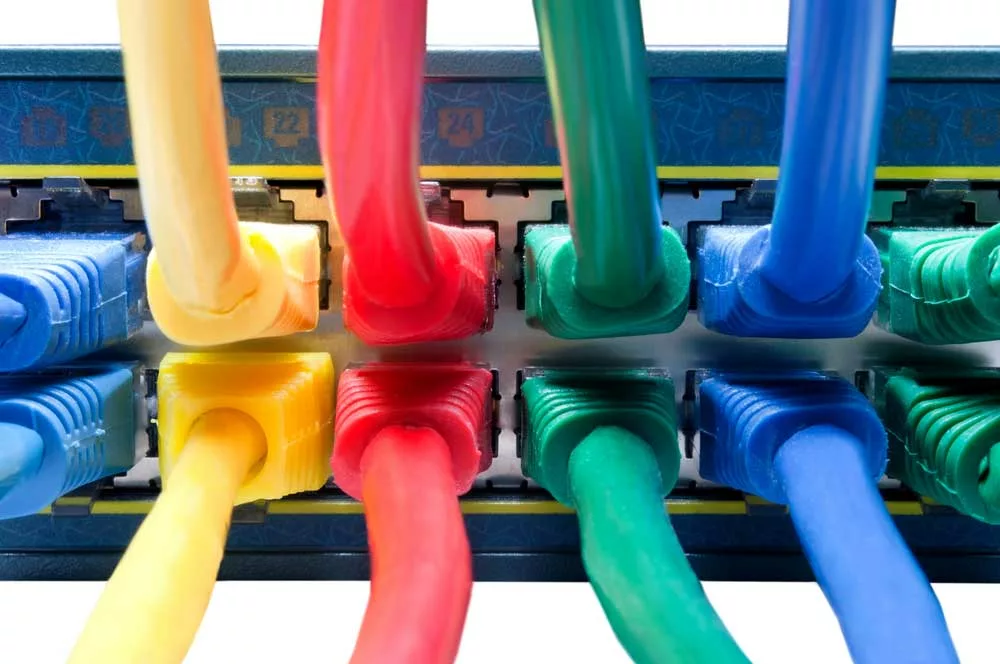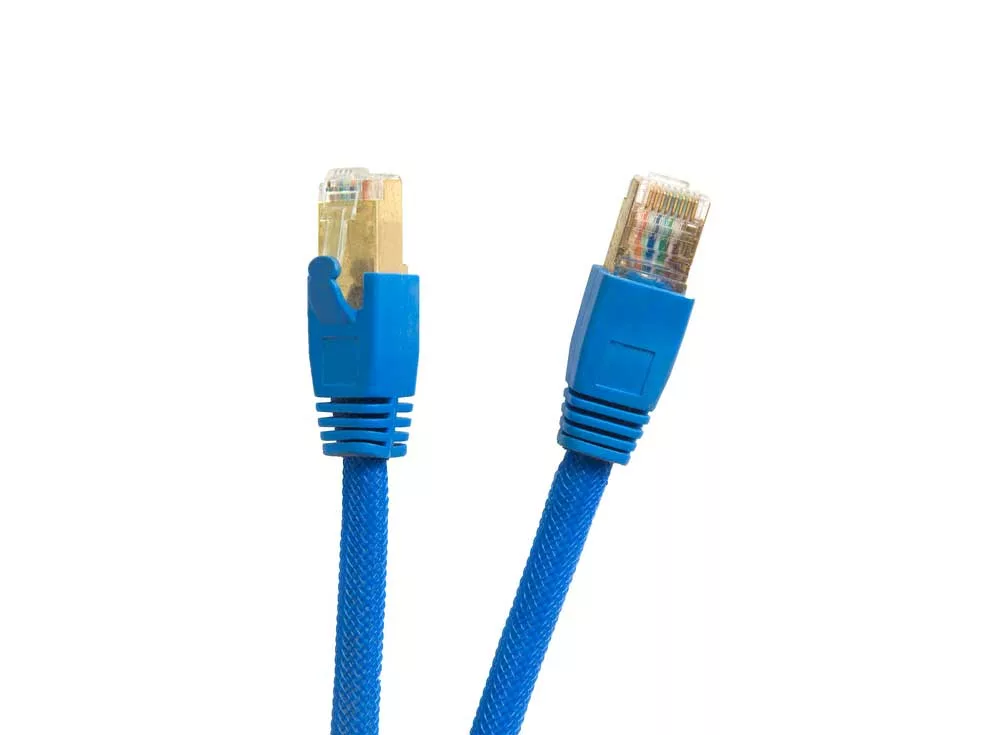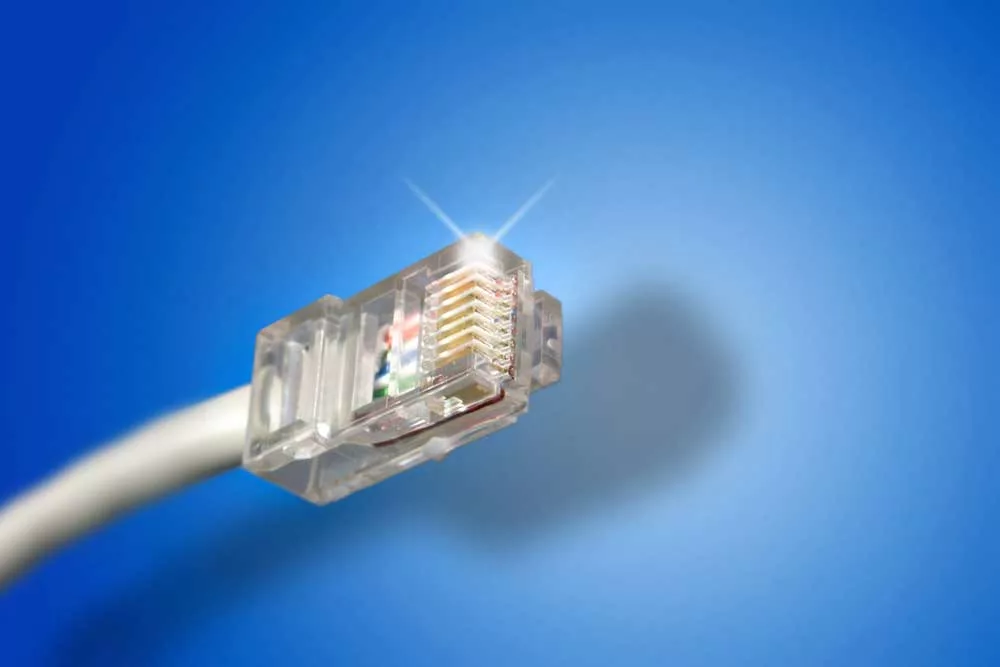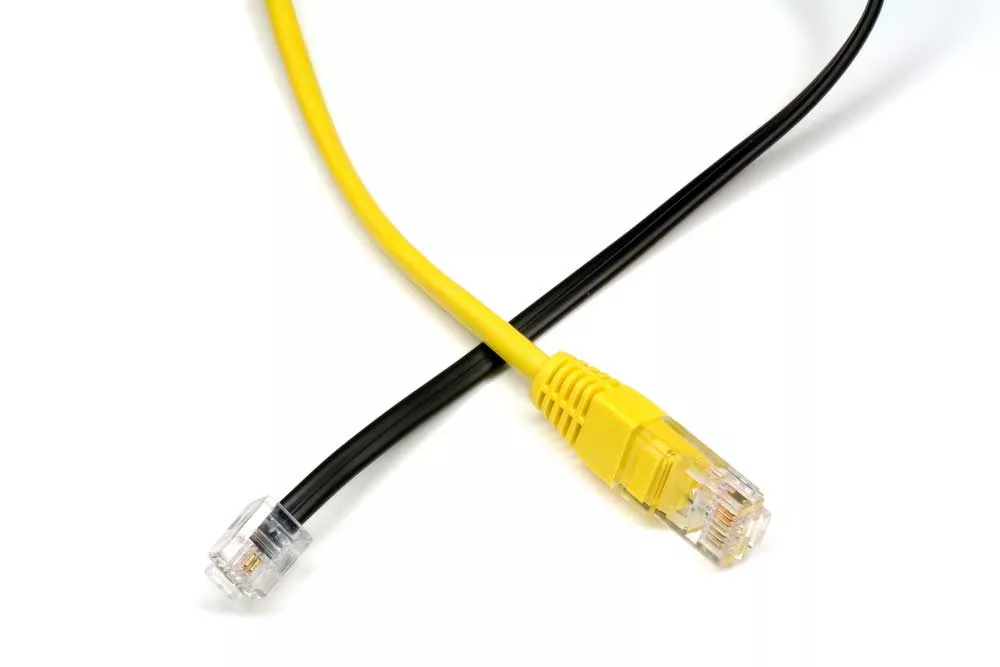About Ethernet cable boot, Ethernet network cables are an integral part of our lives. You must have noticed with RJ45 connector plugs appear differently.
Some may have rubber-like things on the clip, while others don’t. This rubber-like thing is an ethernet cable boot with which most factory-made cables are.
So, what is the purpose of these boots? Can you add them alone, or do only factory-made cables have them? Let’s find answers to these questions in the following blogspot.
Table of Contents
- What do you mean by a booted cable?
- Several types of RJ45 boots:
- Booted Vs. Non-booted network cables:
- How can you put strain relief boots:
- Conclusion:
What do you mean by a booted cable?
In a booted patch cable, there is a molded boot made of plastic to provide strain relief to minimize pressure on the RJ45 connector termination plug.
And that’s why this cable is sometimes called a “strain relief” cable. The boot is either integrated into the plug or on the slips of the RJ45 connector. Sometimes, it is part of the RJ 45 cable itself.
You will find cable boots only in male connector plugs or RJ45 connectors, though some are also seen on field termination plugs.

“Strain relief” cables
Functions of RJ45 boot:
There are two primary purposes of this RJ45 boot. First, it prevents the flipping or breaking of the connector clips from the cable.
If the clip breaks by chance, the cable fails to connect to the network correctly, thus affecting data transmission. Secondly, the plastic boot protects your nails.
As the connector clips are tiny, they may stick to your nails when you install or remove the RJ45 cable.
For the same reasons, ethernet cables having plug boots are a preferred solution in the market.
Several types of RJ45 boots:
Boots are of two types:
Slip-on boots: Separate boots, which you can buy from the market and install in the cable that you are making.
Injection molded or overmolded boots: These come with most of the manufactured cable. Over-molded boot cable types have better efficiency than the former ones because the material is pushed into the connector through the injection molding technique.
When the plastic mold fits into the RJ45 connector properly, it is more obviously more efficient in preventing damage and wire dislodging.

Snagless ethernet cables
Snagless RJ45 boot:
When you pull a cable from a bunch of cables, the locking tab of the RJ45 cable may easily break or damage; you need to protect these tabs.
Further, without protection, these tabs may stick/snag onto other cables, thus making the cable useless.
To avoid this damage, in some cables, an extra boot part covers this locking tab. These tan protectors are of two types; bubble and Ferrari.
Bubble tab protectors are more difficult to disengage than the other option. However, some people feel it frustrating to disengage them during cable disconnection.
If you are working on some high-density applications, you must go for Ferrari boots because of their easy disconnection, even in small spaces.
Booted Vs. Non-booted network cables:
Technically, all network cables start as non-booted cables or crimped cables.
On first use, you strip the cable’s outer jacket, cut the inner wires to the required length, and place them in the correct order.
Finally, you set the connector at the ends and fix them by crimping.
At the same time, you can push a plastic mold inside the RJ45 connector over the outermost layer of the cableto fix it inside for extra stability.

Non-booted cables
There are some pros and cons of these cables:
| Ethernet cable types | Pros | Cons | Applications |
| Booted network cables | Stabilized electrical performance as the cable cannot move towards the rear of the connector plug due to the attached boot. Due to the booted nature, ethernet cables remain in a specific bend radius. Looks professional. | Cable boots are not related to keystone jacks or patch panels as they have their termination method to relieve strain. The boot takes up an extra distance before the cable becomes flexible. | Booted cables are an excellent choice for all those applications requiring frequency connection and disconnection. In such applications, booted cables have a longer lifespan than non-booted ones. |
| Non-booted network cables | These cables are a little less expensive than booted ones. A regular crimped cable is flexible at the point where the cable leaves the connector. | These cables do not offer any strain relief or protection to the connector locking tab. | These cables are suitable for high-density applications like patch panels. For example, you may face several issues if you use 96 molded booted patch cables with a 96-port patch panel. Firstly, the cable will remain far from the patch panel due to the boot making it challenging to fit into your existing cable management. Sometimes, the rack door does not get closed. Secondly, disengaging the locking tab in the patch panels becomes difficult in booted cables. |
How can you put strain relief boots:
Depending on the cable and RJ45 connector type, there are two main types of strain relief boots:
Simple Slip-on: As the name clears, these are simple boots; you only need to slide them over the cable.
Cut-to-fit or locking style: Unlike slip-on boots, which can be changed, locking-style boots are permanent. Here, you can cut the boots to fit into the connector.
Once you put them, you cannot take them off as their locking bars slides into the housing of the RJ45 connector plug.
Ethernet cable boot: Slip-on style. How to install:
Once you cut the cable length, you slip these boots down the cable and terminate the RJ45 connector plug. Once fixed, slide back the plastic boot over the connector, and you are done.
You can slide the boot backside again when terminating the cable again.
Ethernet cable boot: Cut-to-fit style how to install
First, you slide the boot down the cable (if needed, you can cut the boot as per the cable). Next, put the RJ45 connector plug on but don’t terminate it.
Now, slide back the boot to fit it into the connector plug. Ensure that its sidebars go inside the rear side of the plug.
Once fitted, terminate both (plug and boot) through an all-in-one termination tool as a single unit, and you are done.

Non-booted cables vs. booted cables
Conclusion:
An ethernet cable boot is an ideal solution for extra protection of your network cables. However, if your applications do not require much movement, you can opt for non-booted cables.
Which RJ45 cable is best for you mainly depends on your working environment.
If you are in doubt, get help from the Cloom professionals, and you can get high-quality RJ45 booted cables and non-booted ones with us.
